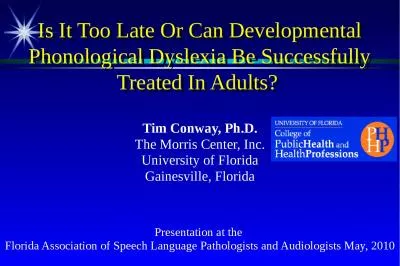PDF-The Phonological End Justifies Any Means
Author : min-jolicoeur | Published Date : 2016-06-18
John J Ohala University of California Berkeley used to find this structure was the comparative method which is basically just a rigorous way of demonstrating relations
Presentation Embed Code
Download Presentation
Download Presentation The PPT/PDF document "The Phonological End Justifies Any Means" is the property of its rightful owner. Permission is granted to download and print the materials on this website for personal, non-commercial use only, and to display it on your personal computer provided you do not modify the materials and that you retain all copyright notices contained in the materials. By downloading content from our website, you accept the terms of this agreement.
The Phonological End Justifies Any Means: Transcript
Download Rules Of Document
"The Phonological End Justifies Any Means"The content belongs to its owner. You may download and print it for personal use, without modification, and keep all copyright notices. By downloading, you agree to these terms.
Related Documents

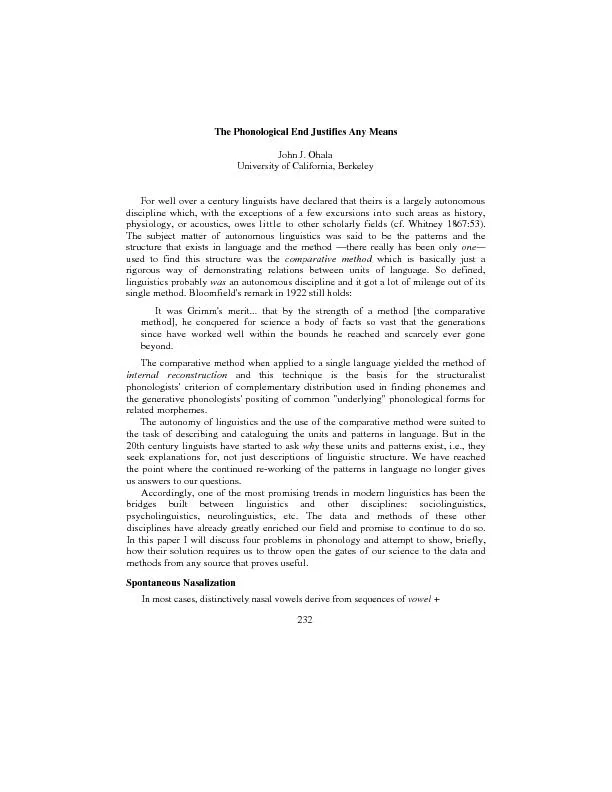

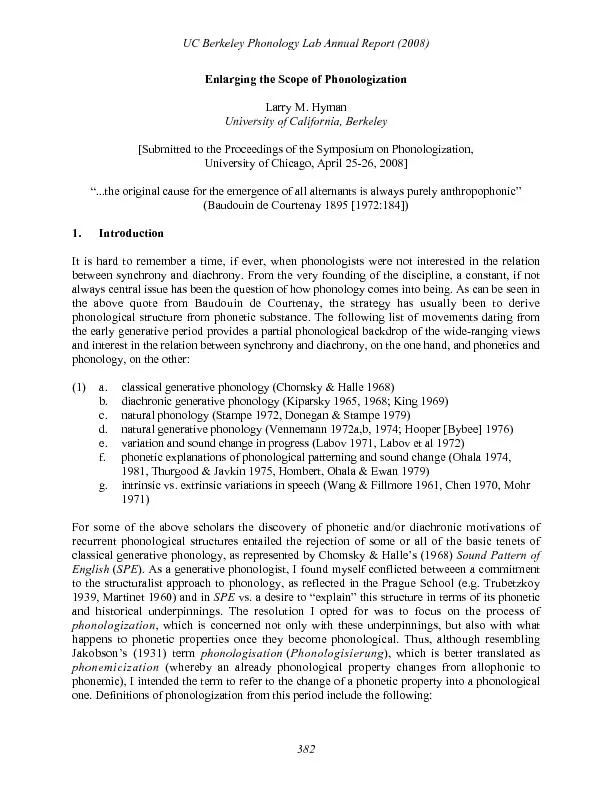
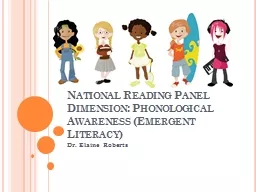

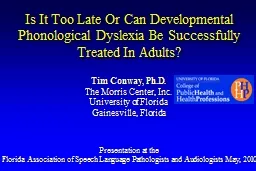

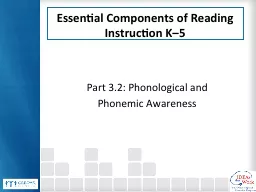
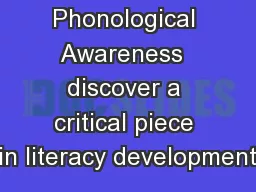
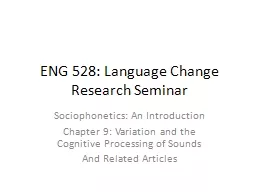

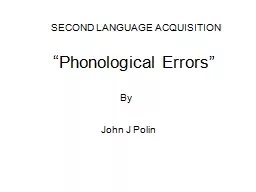
![Abduction [section 362] Whoever by force compels, or by any other deceitful means induces,](https://thumbs.docslides.com/1031988/abduction-section-362-whoever-by-force-compels-or-by-any-other-deceitful-means-induces-any-pers.jpg)
